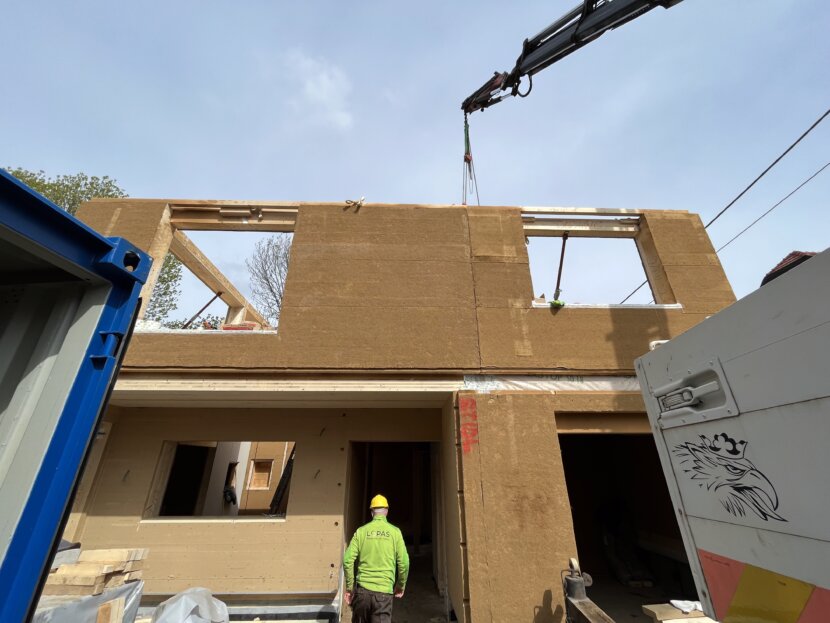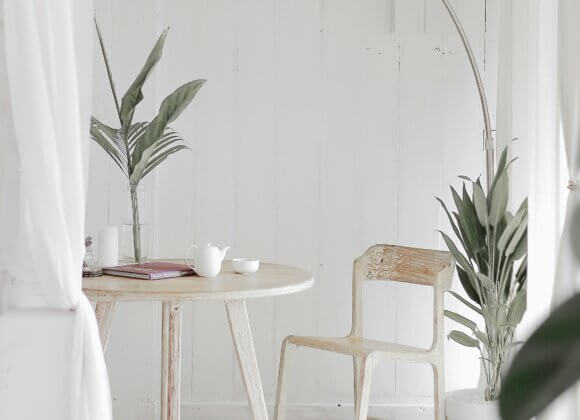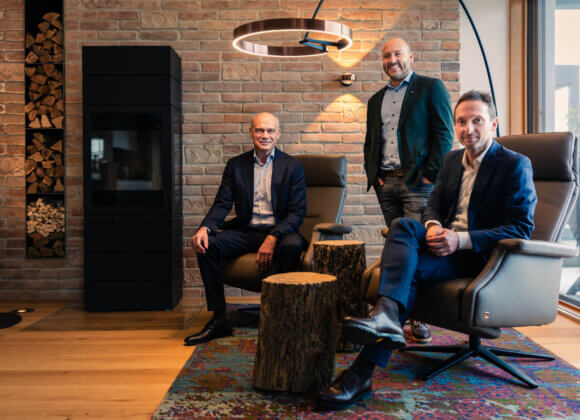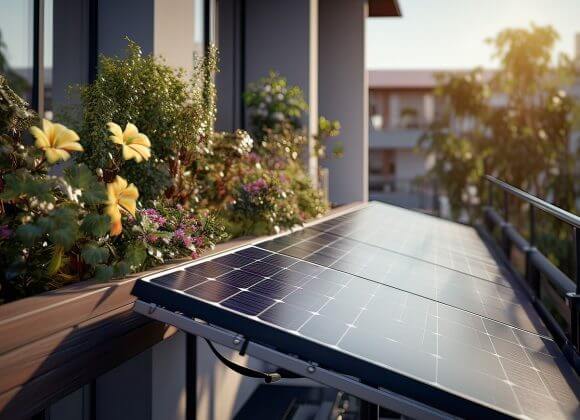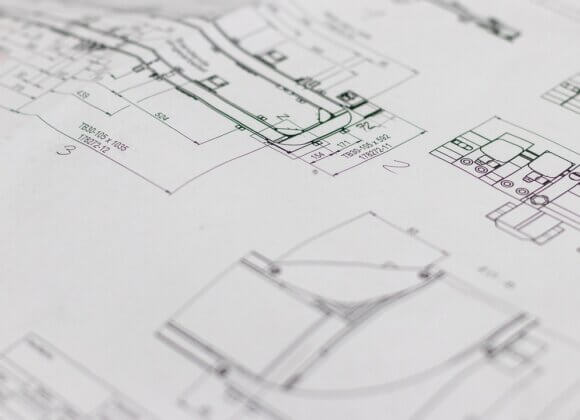It is considered the oldest building material in Central Europe – and one of the most modern at the same time: clay. At a time when sustainability has become a prerequisite, building with earth is experiencing a brilliant renaissance. Researcher and developer Roland Meingast from the company Lopas explains why clay earth is not only ecologically convincing, but also transforms the indoor climate.
Clay has never disappeared. But for decades it was overshadowed by concrete, brick and steel. “In the last two to three years, interest has exploded,” says Roland Meingast. “The lecture halls at universities are full and demand is growing.” The rediscovery began around 40 years ago – in the course of the first environmental discussions. Today, in a world that measures carbon footprints and looks for climate-friendly solutions, the building material is moving to the forefront.
The history of clay is just as old as architecture itself: The first houses in Central Europe were built from clay, and in the Weinviertel it was the building material used almost continuously until 1850. Much of it is still preserved, provided it has not been demolished. Longevity is therefore not a promise, but historical evidence.
Natural indoor climate – luxury you can feel
Perhaps the most impressive strength of clay is its effect on the indoor climate. “Clay earth has so many advantages,” says the Lower Austrian. The most important one: balancing the humidity. A bathroom with clay plaster has no steamed-up mirrors because the walls absorb and release excess moisture.
Clay also acts like a natural air conditioning system. Its massive storage mass absorbs coolness at night and slowly releases it during the day. Rooms stay fresh, even when it is hot outside – a gentle temperature equalization, without any technology.
And there is another effect that sounds almost mysterious: The air quality was measured in a 320-square-meter research building built entirely with clay. Inside, the concentration of negative air ions was twice as high as outside. In medicine, these tiny particles are considered to be beneficial for concentration and well-being. “Perhaps this is the reason why people feel so exceptionally well in clay buildings,” Meingast suspects.
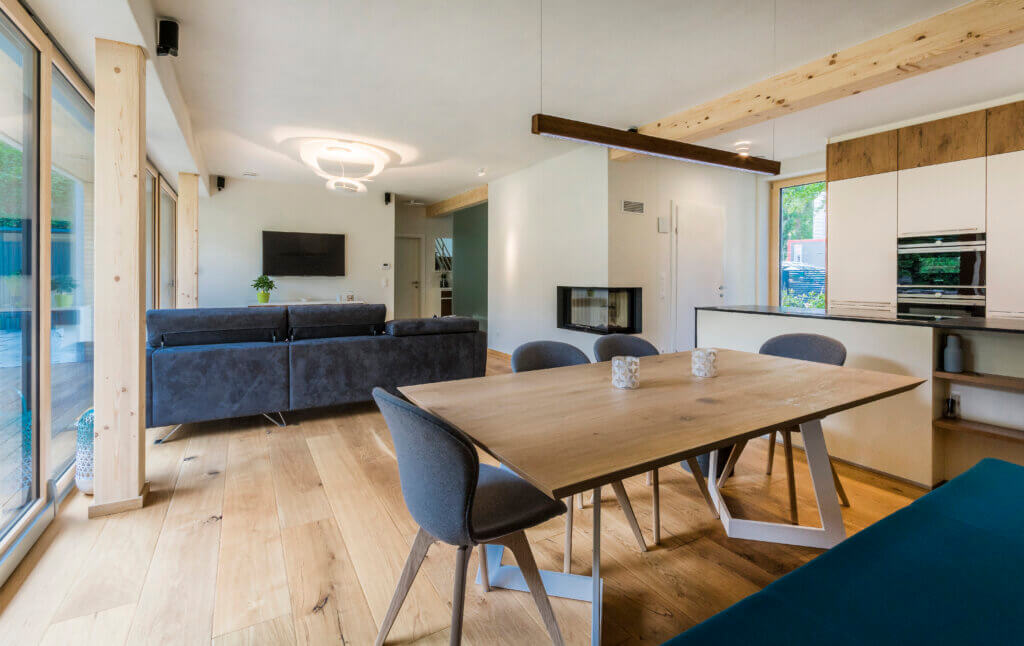
Safe and durable – for centuries
Anyone who currently associates clay with crumbling houses in distant earthquake zones is mistaken. “It depends on the construction method,” emphasizes Meingast. Historic timber and clay frameworks have been proven to withstand severe earthquakes because the combination of wood, clay and straw is elastic and absorbs energy. It is precisely this combination that is considered particularly resistant today – and one of the most sustainable construction methods of all.
Even without disasters, clay proves its strength: “I know of samples from 1600 that are still stable today.” Cracks only occur in the first few days if there are processing errors, after which the plaster lasts practically indefinitely – as long as the building itself remains intact.
Building with clay in record time
Anyone who thinks of laborious tamping and slow drying when they think of clay is wrong. Modern earth buildings are also built with industrially manufactured elements. Walls made of wood and straw, which are coated with clay in the factory, can be assembled within a few days. “A detached house can be erected in three to four days, followed by the interior work,” explains Meingast. This avoids construction delays, which used to be problematic due to the slow drying process.
Since 2013, a separate DIN standard has also guaranteed the quality of clay products: It defines the mixtures, prohibits chemical additives and makes clay a tested, clearly regulated building material.
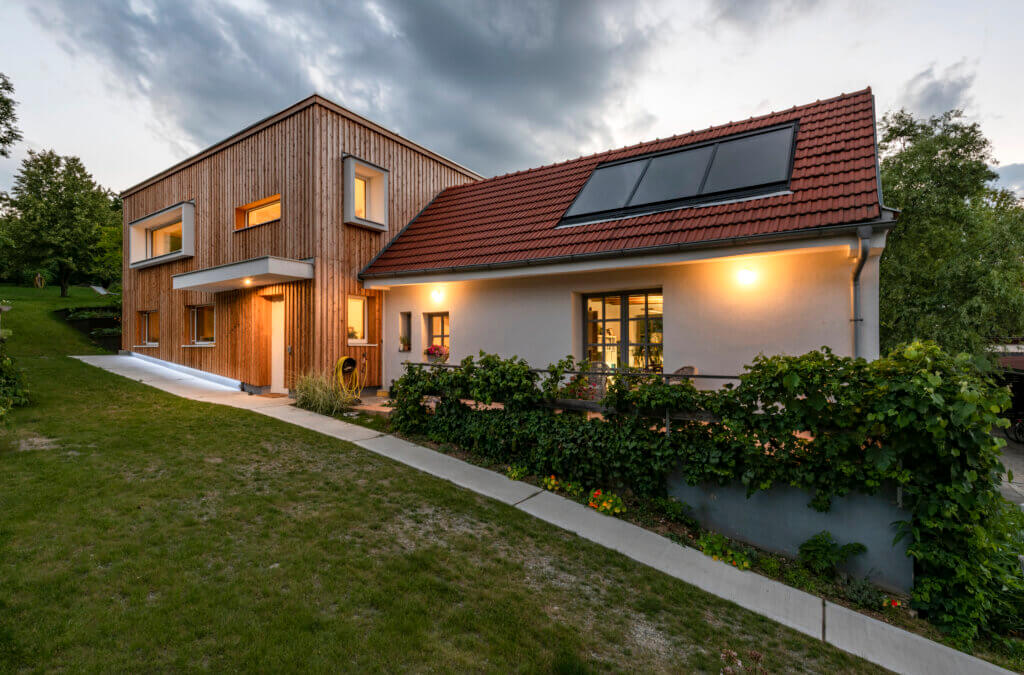
Costs and service life of clay – a worthwhile calculation
Clay construction is slightly more expensive than the standard. “Five to ten percent more than conventional house construction,” says Meingast. But he immediately puts this into perspective: “The additional costs are disproportionate to what you gain – in terms of indoor climate, health and longevity.” Anyone who builds with clay therefore invests in centuries – and not just in a single life.
Clay – a material that never runs out
While sand and cement are becoming scarcer, clay is available in abundance. “In the Weinviertel region, there are layers up to 600 meters thick,” says Meingast. In Slovakia, he processes excavated clay from a mine – tested and standardized. In fact, clay is the only material with which, according to Meingast, “the entire world population could be provided with decent living space”.
Politics instead of advertising
Whether clay will be taken for granted in ten years’ time does not depend solely on builders or architects. “It’s not a question of advertising, but of politics,” says Meingast. “If CO₂ costs, resource conservation and dismantling costs are honestly factored into prices, then earth has the best chance.” After all, almost anything is technically possible: from single-family homes to five-storey buildings.
Advantages of building with clay at a glance
- Humidity buffer: Regulates humidity, prevents fogged mirrors.
- Natural air conditioning: cools through storage mass and evaporation.
- Air ion effect: Catalyst effect for negative air ions in the interior, promotes well-being.
- Safety: Wood/clay/straw constructions are elastic and resistant.
- Sustainability: Completely mineral, without chemicals, infinitely reusable.
- Durability: Lasts for centuries – clay plasters from 1600 are still intact.
- Construction time: Single-family house can be assembled in 3-4 days.
- Cost: 5-10% more expensive, but superior in terms of health and ecology.
Our expert

Roland Meingast is a technician, researcher and developer at the Viennese company Lopas GmbH with a focus on sustainable building with clay, wood and straw. He has been driving the development of modern prefabricated systems since the 1990s and is considered one of the pioneers of contemporary earth building in Austria.
Website: www.lopas.at
Photos: Lopas
Related posts:
House building project – what you should know incl. checklist


